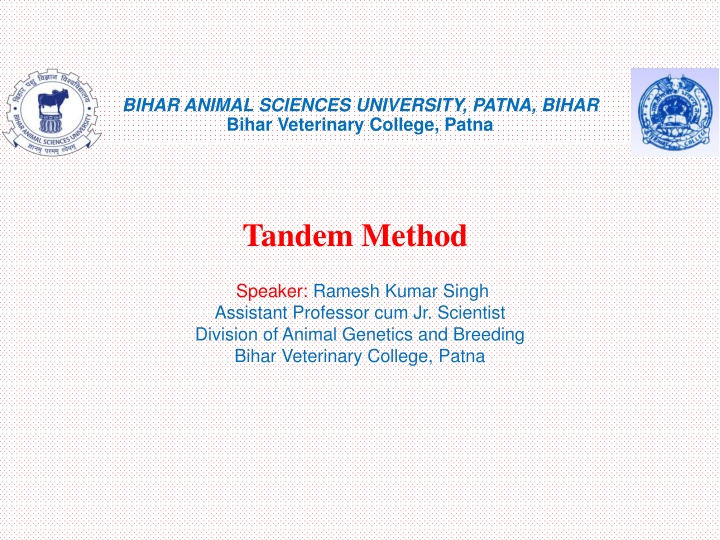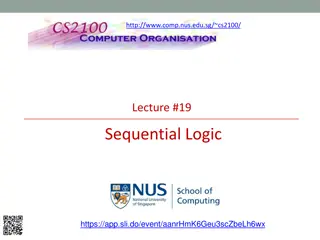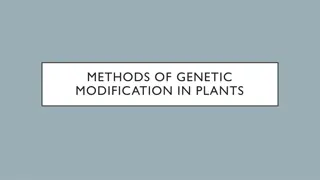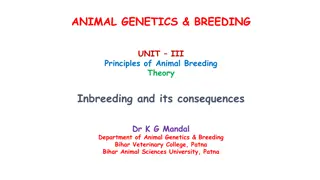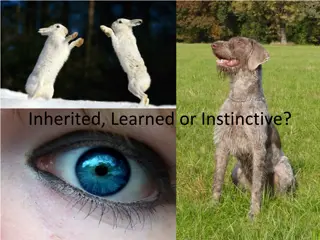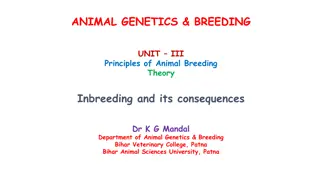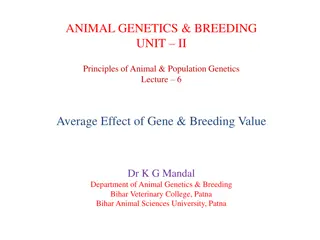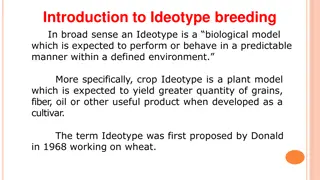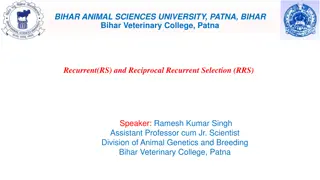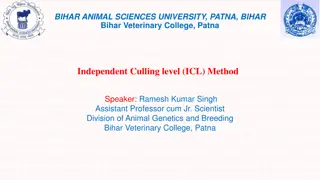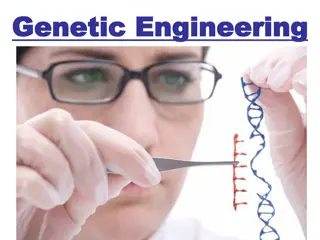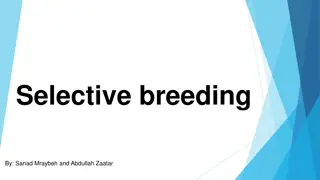Tandem Method in Animal Breeding: Sequential Traits Selection
Tandem method in animal breeding involves selecting useful traits sequentially to improve genetic performance. Breeders focus on one trait until a desired level is achieved before moving on to the next trait. While effective in targeted improvement, the method can lead to loss of previously improved traits due to correlated changes. It is mainly used in scenarios where animals are culled at different stages to enhance specific desirable traits.
Download Presentation

Please find below an Image/Link to download the presentation.
The content on the website is provided AS IS for your information and personal use only. It may not be sold, licensed, or shared on other websites without obtaining consent from the author.If you encounter any issues during the download, it is possible that the publisher has removed the file from their server.
You are allowed to download the files provided on this website for personal or commercial use, subject to the condition that they are used lawfully. All files are the property of their respective owners.
The content on the website is provided AS IS for your information and personal use only. It may not be sold, licensed, or shared on other websites without obtaining consent from the author.
E N D
Presentation Transcript
BIHAR ANIMAL SCIENCES UNIVERSITY, PATNA, BIHAR Bihar Veterinary College, Patna Tandem Method Speaker: Ramesh Kumar Singh Assistant Professor cum Jr. Scientist Division of Animal Genetics and Breeding Bihar Veterinary College, Patna
Tandem Method Tandem selection is a multi-trait method of artificial selection in which useful traits are selected for sequentially. it means selection for one trait is followed by selection for another trait. All selection pressure is put on a single trait of interest until the performance of the herd reaches a level that the breeder desires, at which point another trait upon which to focus selection is chosen.
For instance, if we wish to improve genetically through selection more than one traits viz. increase in milk yield and milk fat content in cows via tandem selection. A breeder may put all emphasis on improving milk yield until a target level for milk yield choice is attained at a satisfactory level.
Contd At that point, the breeder realizes that performance in another trait, such as fat content needs improvement and subsequently changes selection focus from milk yield to fat content.
Disadvantages This method has a tendency for the last trait to be lost as the next is being selected. This method is rarely used in a strict sense because selection produces unfavorable change in correlated traits. As a result, maintaining production levels for all traits is difficult with this method. on one trait often acceptable
Contd The single scenario where this method is used considerably is for cases where some animals are culled at weaning and then the remaining group is culled further at a year of age.
